
You can just see the Simrit seal on the port side shaft.
A ball race is fitted just under the Simrit seal.
You can also see the connectors for the universal joints.
All fairly crude but quite easy to make and works well.
In total there are 18 users online :: 1 Registered, 0 Hidden and 17 Guests
Most users ever online was 180 on Tue Nov 05, 2019 6:03 am
Our users have posted a total of 12477 messages in 1986 subjects
We have 1017 registered users
The newest registered user is Bazdiving
 Re: Prop shaft seals
Re: Prop shaft seals

 is the design you describe more or less energy efficient that a shaft seal (battery life)?
is the design you describe more or less energy efficient that a shaft seal (battery life)?Hermann wrote:Hello David,
yes, the 7 dark circles you can see on the disc rotor are magnets indeed. They are very common ferrite magnets normally intended to hold/ stick sheets of paper at metal blackboards at the wall. These magnets have a special direction of polarisation, they are polarised in direction of the diameter so the half circle beneath the "aequator" is a south pole, the half circle above is a north pole. So the rotor (and the moulded stator also) has 14 poles. I took ferrite magnets because they had been easy to purchase (in 1993 when I built the first motor, rare earth magnets were hardly available for me). The energy density is much less compared to rare earth magnets but they are full resistant to corrosion in water.
It's not a magnetic coupling between two magnetic rotors (one inside, the other outside the pressure hull) but a real brushless DC motor where the inner rotor is replaced by a stator system equipped with coils and driven by switching transistors. That stator system (that narrow light grey ring) is attached to the aluminium motor housing and moulded with epoxy glued. The control electronics is located inside the cylindrical motor housing that is screwed to the rear wall of the pressure hull with its flange.
The motor has 4 terminals: 2 for power spply from the battery and 2 (signal and return) for connection to the radio control receiver.
And you can see - there is no seal for the 5mm propeller shaft. The whole rear section of the model is free flooded.
On the photograph you can also see the rods for moving the rudder blades. They are actuated by linear magnetic couplers, also eliminating sliding seals.
I must confess that this is an exotic practice and a some modellers here called me mad for doing this, but why not doing things in an unusual way? That hermetical concept was just an idea and I wanted to prove that it works.
Kind regards
Hermann
 Re: Prop shaft seals
Re: Prop shaft seals Help Converting Graupner MC-19 to 75MHz
Help Converting Graupner MC-19 to 75MHz Re: Prop shaft seals
Re: Prop shaft seals Re: Prop shaft seals
Re: Prop shaft seals Re: Prop shaft seals
Re: Prop shaft seals Re: Prop shaft seals
Re: Prop shaft seals Re: Prop shaft seals
Re: Prop shaft seals Re: Prop shaft seals
Re: Prop shaft seals
 Re: Prop shaft seals
Re: Prop shaft seals Re: Prop shaft seals
Re: Prop shaft seals Re: Prop shaft seals
Re: Prop shaft seals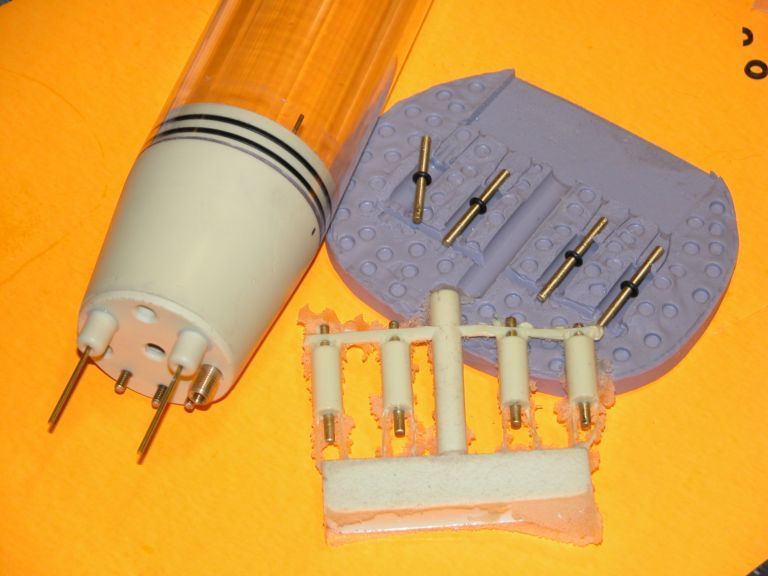


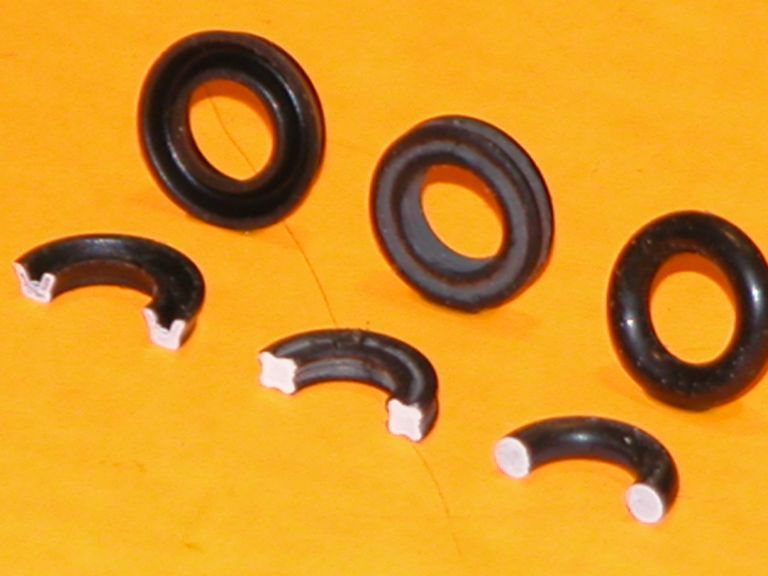
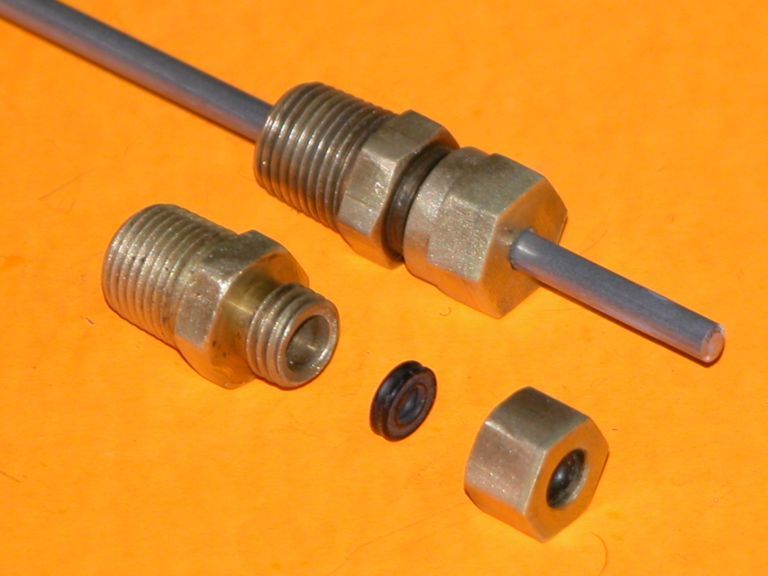
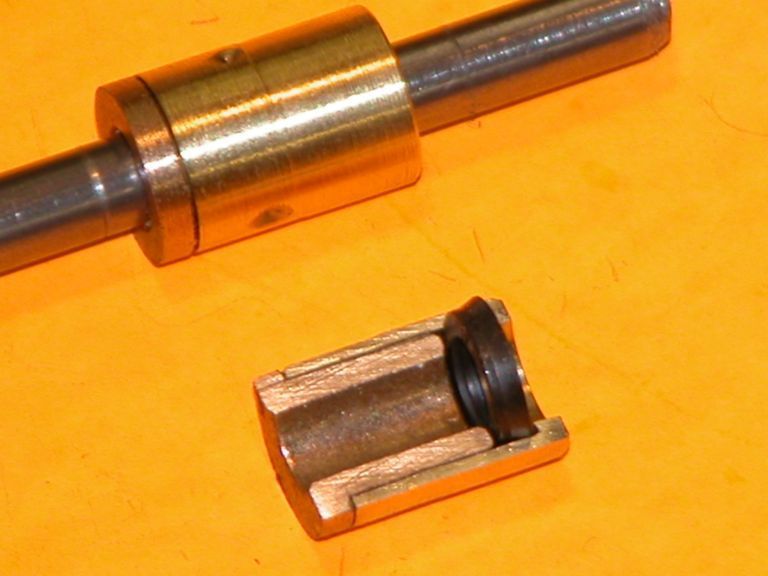

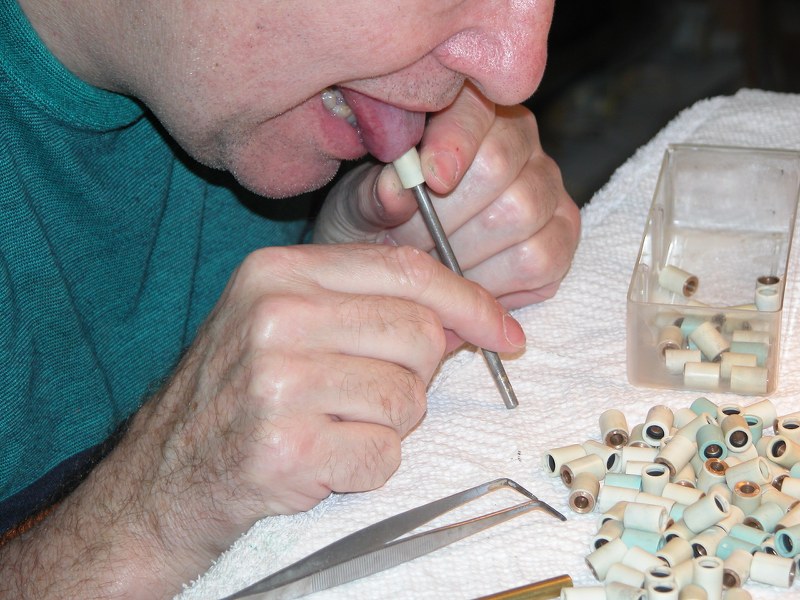
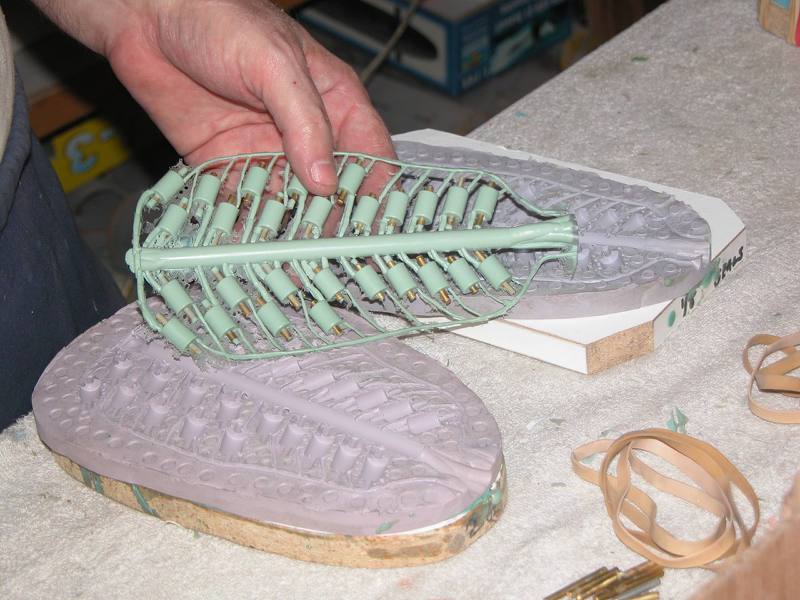
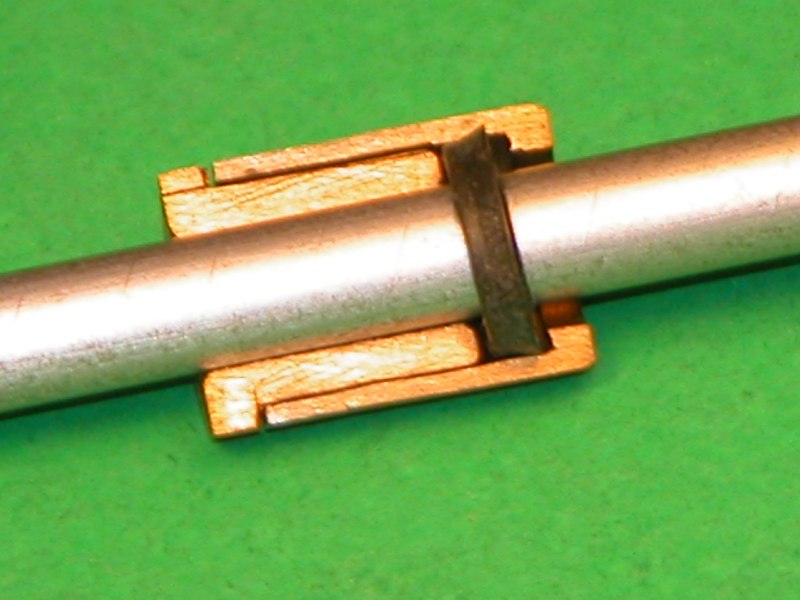

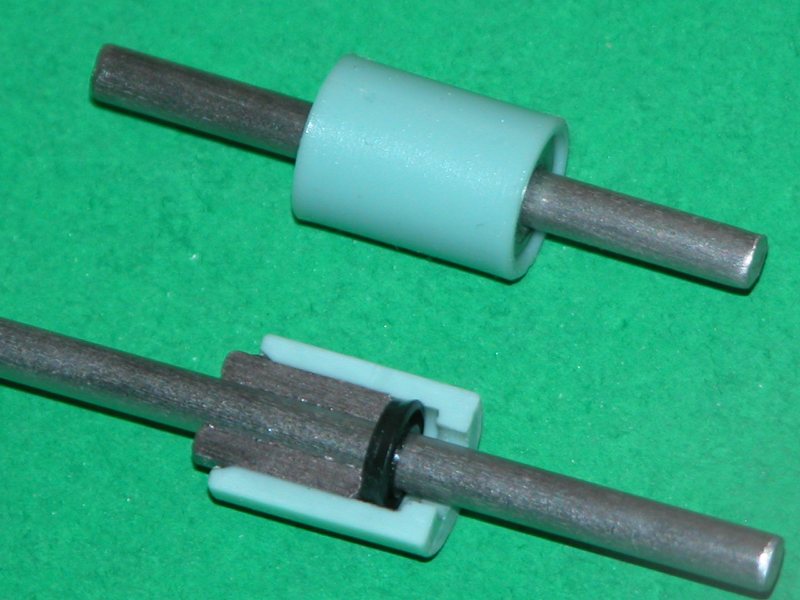
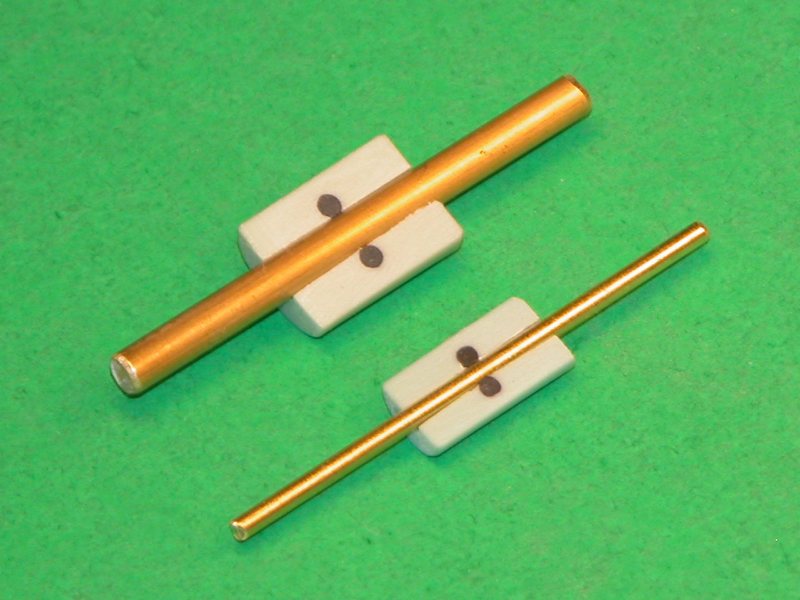
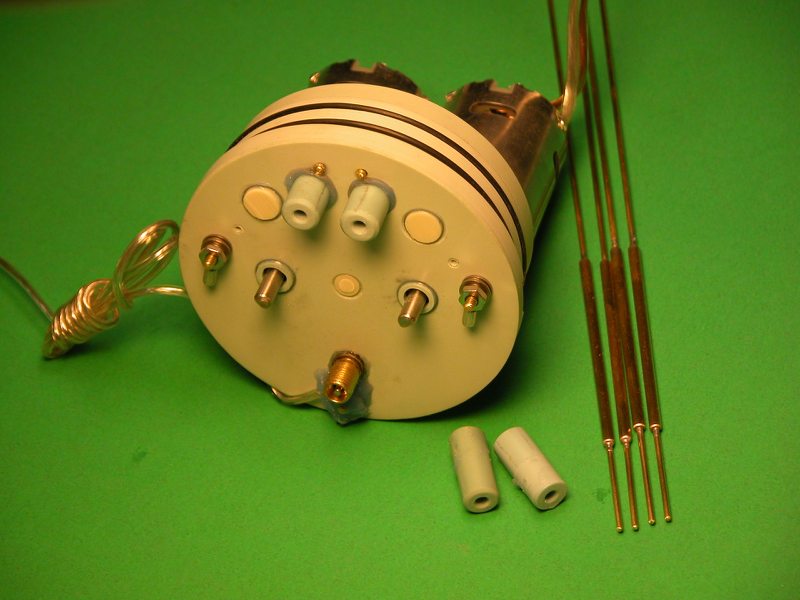
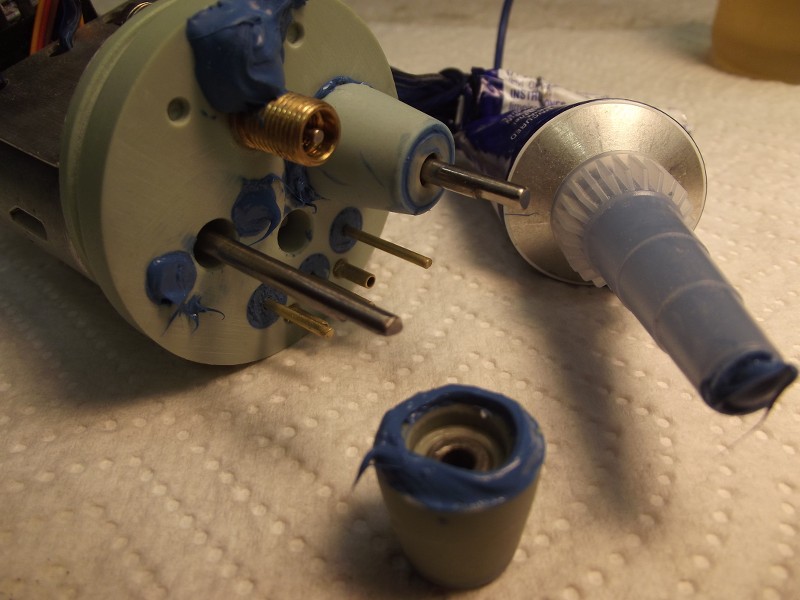
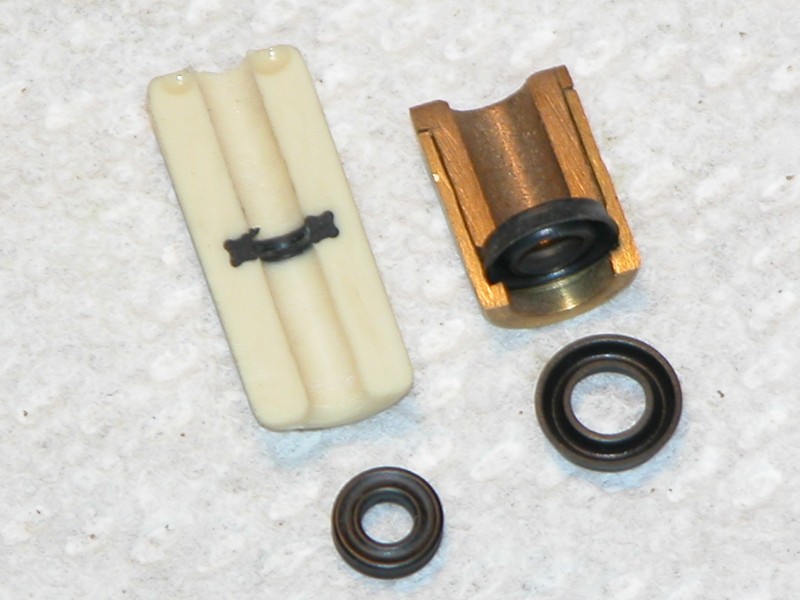
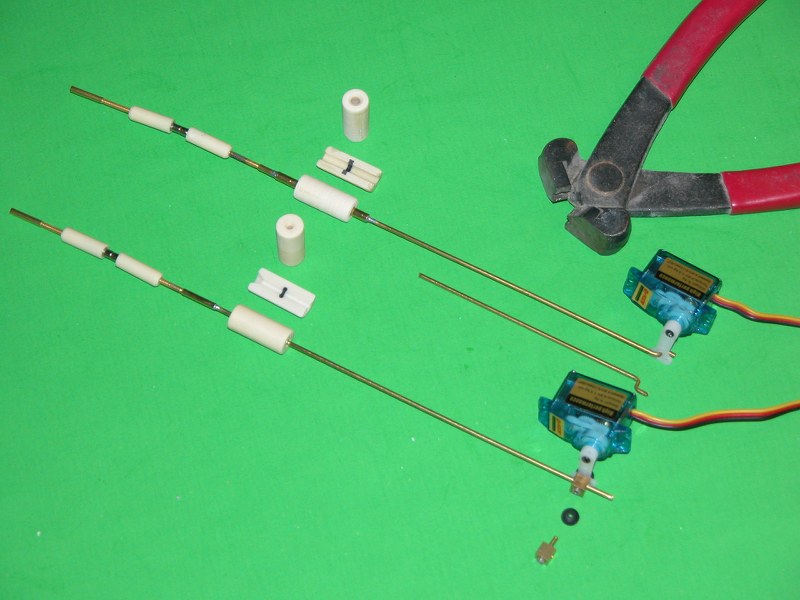
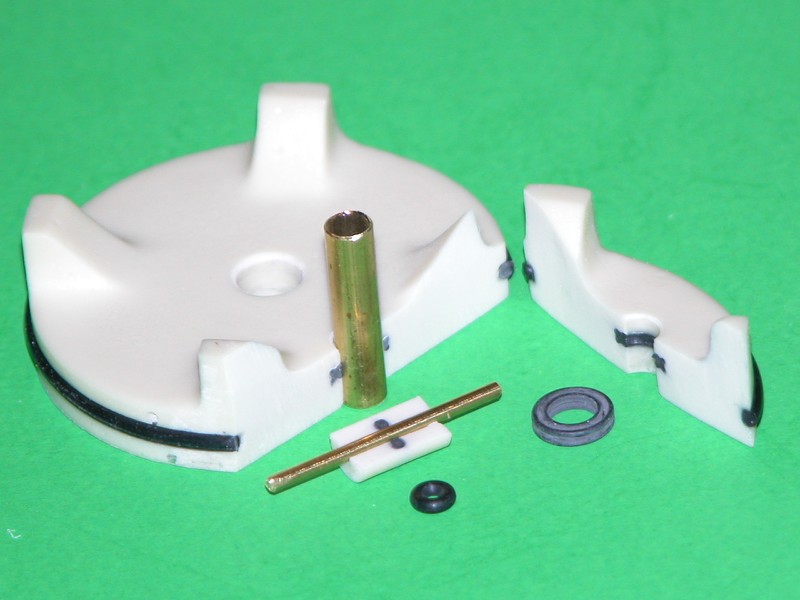

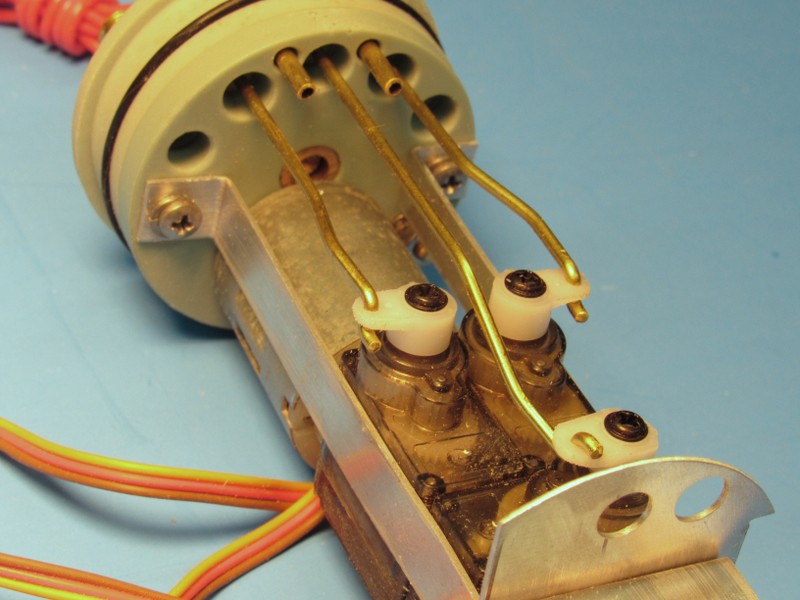 " />
" />SimonH likes this post

 Re: Prop shaft seals
Re: Prop shaft seals Re: Prop shaft seals
Re: Prop shaft sealstimgarrod wrote:very nice. just finished making mine for the gato.
fingers crossed they work :)
 Re: Prop shaft seals
Re: Prop shaft seals
 Re: Prop shaft seals
Re: Prop shaft seals

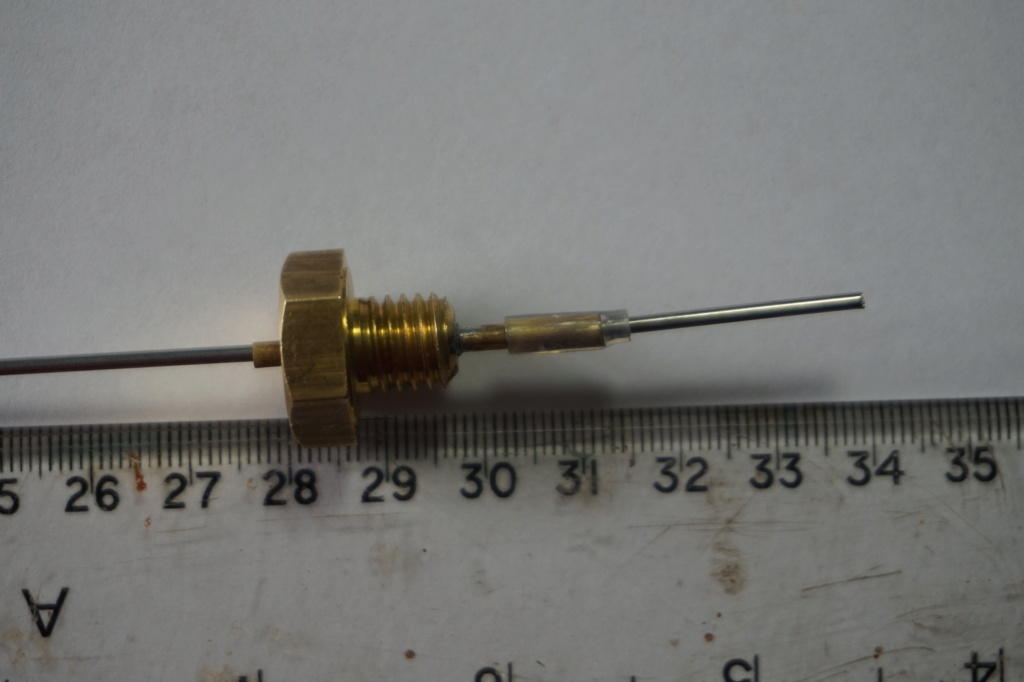
david f likes this post
 Re: Prop shaft seals
Re: Prop shaft seals
» David Forrest's R class
» Futaba -868/915mhz equipment
» Darnell type 21 submarine, need some help
» Robbe Seawolf V2
» bladder bags
» WW2 mini sub build
» Peral Submarine of 1888
» U-Boat R/C?